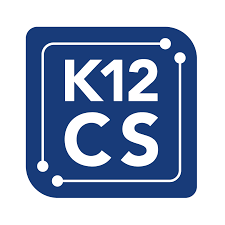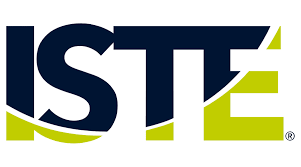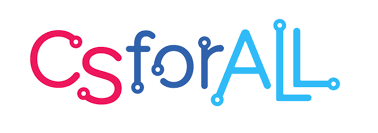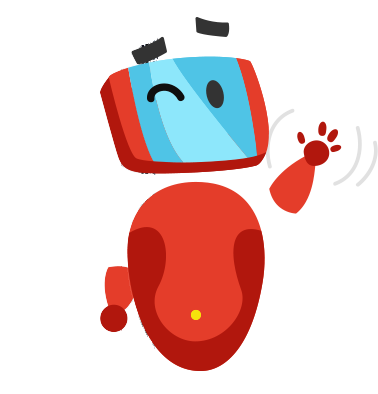What is Computational Thinking?

Computational Thinking is the core of Computing Education and Industry
Computational Thinking is the core of all computing subjects covering Information Systems, Information Technology, Digital Literacy, Computational Literacy, and Computer Science whether they lead to a Higher Education Degree or a certificate in Tech-Voc or Short Course in computing.
Computational Thinking is the core of all other computing aligned Higher Education Degree disciplines like Computer Engineering, Bioinformatics, Data Science, Computational Chemistry, and many more.
Computational Thinking is also the core of new industries like FinTech, InsurTech, HealthTech, HRTech, AgriTech, EduTech, and FashionTech! This list will grow fast as new industries are invented. Computing is now at the core of business models.
We need to ensure that students have the skills that will allow them to thrive in a world where computing is ubiquitous. This is a very important reason why we should teach Computational Thinking at K-12. We need to give our children the opportunity to learn Computational Thinking now and not later.
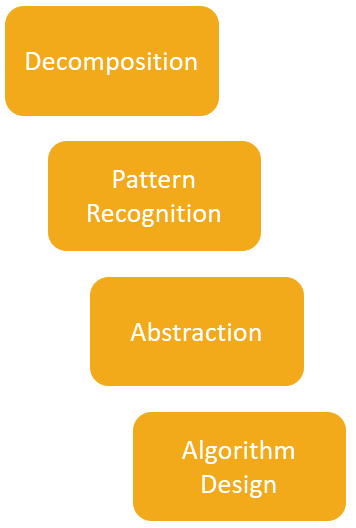
Computational Thinking has Four Components
The key components of Computational Thinking can be broken down to these four - Decomposition, Pattern Recognition, Abstraction, and Algorithm Design.
Decomposition is breaking down data, processes, systems, or problems into smaller, manageable parts. Decomposition is a way to manage complexity.
Pattern Recognition is the process of observing and looking for repeating activities, events, sequences, and objects. Pattern Recognition drives us to look for trends, similarities, and differences across data. Pattern Recognition is a way to analyze data.
Abstraction is identifying the general principles that generate patterns or trends. This is a way to generalize phenomena into rules, principles, or insights. Abstraction is a way of thinking about what’s relevant to the situation so we can just focus on them and forget about the irrelevant parts.
Algorithm Design is determining appropriate steps to take and organizing them into a series of instructions for solving a problem or completing a task effectively and efficiently.
Computational Thinking is a way to analyze and solve problems
Computational Thinking is a new way of analyzing problems and building solutions. This new way of thinking came about because computer scientists have realized that their ways of analyzing and solving problems are different from other disciplines.
This way of thinking has become so relevant now that technology is ubiquitous. Technology has embedded itself in our daily lives and across different disciplines and industries like healthcare, finance, agriculture, journalism, social sciences, arts, and many more.
Computational Thinking prepares students in different careers and not just Information Technology, Computer Engineering, and Computer Science.
Computational Thinking is a problem-solving process that students can use to work through simple and complex problems. Computational Thinking represents solutions as computational steps or algorithms to be performed by a computer, regardless of the subject area.
Other countries have implemented Computational Thinking
The Royal Society published a wake-up call to governments to fix their computing education curriculum and implementation, including teacher training and certification, pedagogy, assessment, and qualifications. The UK government responded positively. This same trend is happening in developed, as well as, developing countries. Below are two relevant reports from the Royal Society. Just click the links below to read the reports.
Shut Down or Restart? January 2012.
After the Reboot: Computing Education in UK Schools. November 2017.
Professor Jeannette M. Wing popularized the phrase "Computational Thinking"
The phrase Computational Thinking has been around since the 80’s. Discussions about Computational Thinking rapidly grew after the publication of Professor Wing's 3-page article in the Communications of the ACM. The short article explained Computational Thinking and established the call to action, which is to teach Computational Thinking in K-12 and not later. Just click the link below to read the paper.
Wing J. 2006. Computational Thinking, Communications of the ACM, 49(3).
Jeannette M. Wing

Computational thinking is the thought process involved in formulating problems and their solutions so that the solutions are presented in a form that can be effectively carried out by an information-processing agent.
Janette M. Wing. 2010. Computational Thinking – What and Why? The Link, November 2010.
If you’re ready for a long video, here's Professor Wing's video about Computational Thinking

What Computational Thinking is NOT
Computational Thinking is not just teaching digital literacy. It is not just teaching how to use software-enabled things. It is not just teaching Information and Communication Technology (ICT). Computational Thinking is not just teaching learners how to do coding or programming.
Computational Thinking is not about teaching students to learn robotics.
Computational Thinking is not about teaching students to learn electronics.
Computational Thinking is not about teaching students how to use simulation tools.
Computational Thinking is more about using robotics, electronics, simulation tools, digital literacy, ICT, coding, or programming to learn how to analyze and solve problems, in any discipline.
Why Study Computational Thinking?
Technology is all around us, as such, Computational Thinking is now considered a basic skill.
Our students shouldn't just be comfortable with using technology.
Our students need to be proficient at
creating with technology or
creating new technology
to be future-ready!
Let's Talk About Computational Thinking
We'll be happy to talk to you about how to implement Computational Thinking curriculum.

